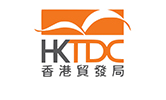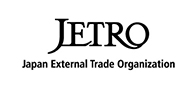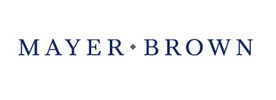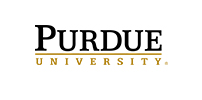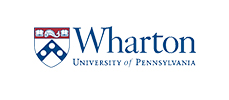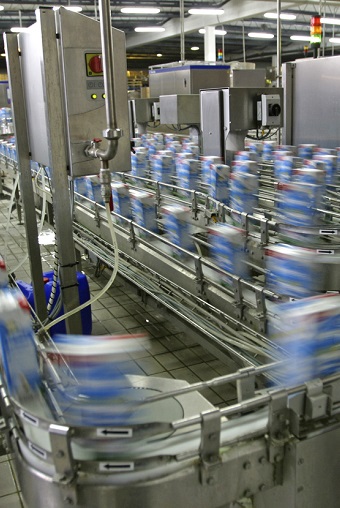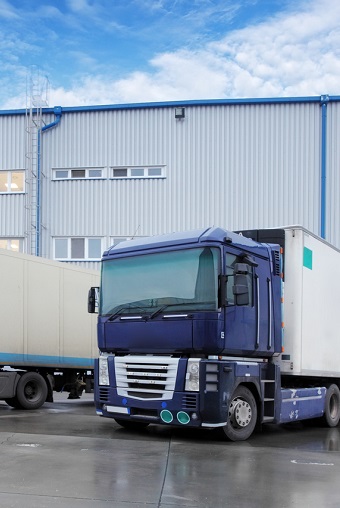Apparel, Shoes and Textiles Industry Market Research
Competitive Intelligence, Business Analysis, Forecasts, Market Size, Trends, Companies, Statistics
Available Data Services: Custom Research Projects, Database Subsription or PDF eBooks
PLUNKETT PROVIDES IN-DEPTH STATISTICS TABLES COVERING THE FOLLOWING INDUSTRY TOPICS:
-
Apparel, Shoes & Textiles Industry Statistics and Market Size Overview
-
U.S. Apparel Manufacturing Producer Price Index (PPI): 2003-February 2023
-
Percent Change in Annual U.S. Apparel Manufacturing Producer Prices: 2005-2019
-
Top 50 Countries Exporting Textiles & Apparel to the U.S., All MFA Fibers: 2021-2022
-
Top 25 Countries Exporting Apparel & Non-Apparel Textiles to the U.S., All MFA Fibers: 2021-2022
-
Top 15 Countries Exporting Fabric, Man-Made Fiber Products, Cotton Products & Wool Products to the U.S., All MFA Fibers: 2021-2022
-
U.S. Retail Sales, Selected Kinds of Businesses: 2016-2022
-
Worldwide Cotton Area, Yield & Production: 2018-2021
-
Apparel & Textiles Industry Employment by Business Type, U.S.: 2018-2023
-
U.S. Retail Sales of Apparel, Shoes & Accessories: 2018
-
Top 50 Destinations of U.S. Textiles & Apparel Exports: 2021-2022
Top Companies Profiled
The following is a partial listing for this industry. As a subscriber, you will have access to the leading companies and top growth companies. This includes publicly-held, private, subsidiary and joint venture companies, on a global basis as well as in the U.S.
Hundreds of Top Companies Profiled, Including:
PLUNKETT PROVIDES UNIQUE ANALYSIS OF THE FOLLOWING TRENDS THAT ARE DRIVING THIS INDUSTRY:
-
Introduction to the Apparel & Textiles Industry
-
Wages Rise in China/Vietnam, Cambodia and Other Countries Gain Manufacturing Market Share
-
The Coronavirus’ Effect on the Global Apparel Industry
-
Upswing in U.S. Apparel and Textile Jobs as Firms Reshore
-
Western Apparel Firms Enter the Chinese Market
-
Working Conditions and Workers’ Rights Become Major Considerations as Work Moves from China to Lower-Cost Nations
-
Wearable Sensors Track Exercise Data/Apparel and Shoe Manufacturers Adopt Technologies
-
High-Tech, Nanotech and Smart Fabrics Proliferate
-
Flyknit May Revolutionize Manufacture of Shoes
-
Smartwatches, Wearable Electronics and Electronics Incorporated into Apparel Begin to Enter the Marketplace
-
Exercise Apparel Sales Rise/ Athleisure Clothing Sales Soar
-
Athletic Footwear Sales Soar/Athletic Shoe Industry Draws Endorsements from Top Athletes
-
3PL Logistics Services and Supply Chain Management Services
-
The Vast Majority of Shoes Sold in the U.S. Are Made Elsewhere
-
Bricks, Clicks and Catalogs Create Synergies While Online Sales Growth Surges
-
Plus Sizes Market Evolves to Serve Overweight Consumers
-
Discount Clothing Retailers See Promise in Designer Lines
-
Self Service Apparel Fitting Technologies Grow in Stores and Online
-
Luxury Apparel and Accessories Face a Slower Market in China
-
Fast Fashion: Designers and Retailers Speed Up
-
Luxury Apparel, Accessories and Consumer Products Lines Compete for Growth
-
Luxury Apparel, Accessories and Shoes Soar in Online Sales
-
Apparel Manufacturing Goes Green
-
Green Consumers Push Demand for Recycled and Re-sale Clothing
-
Designers and Manufacturers Bypass the Middleman with Direct-to-Consumer Online Business Models
-
Fashion Rental Grows Thanks to Online Apparel Pioneer Rent the Runway
-
Amazon Becomes one of the World’s Leading Sellers of Apparel and Shoes
-
Subscription Fashion Services Grow, Including Stitch Fix
-
Disruption, Technology and the Future of Fashion, Apparel and Shoes Business
Key Findings:
A complete market research report, including forecasts and market estimates, technologies analysis and developments at innovative firms within the Apparel, Shoes & Textiles Industry. Gain vital insights that can help shape strategy for business development, product development and investments.
Key Features:
- Business trends analysis
- In-depth industry overview
- Technology trends analysis
- Forecasts
- Spending, investment, and consumption discussions
- In-depth industry statistics and metrics
-
Industry employment numbers
Additional Key Features Include:
Industry Glossary
Industry Contacts list, including Professional Societies and Industry Associations
Profiles of industry-leading companies
- U.S. and Global Firms
- Publicly held, Private and Subsidiaries
- Executive Contacts
- Revenues
-
For Public Companies: Detailed Financial Summaries
-
Statistical Tables
Key Questions Answered Include:
- How is the industry evolving?
- How is the industry being shaped by new technologies?
- How is demand growing in emerging markets and mature economies?
- What is the size of the market now and in the future?
- What are the financial results of the leading companies?
- What are the names and titles of top executives?
-
What are the top companies and what are their revenues?
This feature-rich report covers competitive intelligence, market research and business analysis—everything you need to know about the Apparel, Shoes & Textiles Industry.
Plunkett Research Provides Unique Analysis of the Following Major Trends Affecting the Apparel, Shoes & Textiles Industry
-
Introduction to the Apparel, Shoes & Textiles Industry
-
Scarcity of Manufacturing Workers in China/Vietnam, India and Other Countries Gain Manufacturing Market Share
-
U.S. Apparel and Textile Jobs Reshore to Some Extent
-
Working Conditions and Workers’ Rights Become Major Considerations as Work Moves from China to Lower-Cost Nations
-
Wearable Sensors Track Exercise Data/Apparel and Shoe Manufacturers Adopt Technologies
-
3-D Printing and Robotics Revolutionize Manufacture of Shoes and Fabrics
-
Exercise Apparel Sales Rise/Athleisure Clothing Sales Soar
-
Athletic Footwear Sales Boom, Drawing Big Names from Athletes to Designers
-
3PL Logistics Services and Supply Chain Management Services Evolve & Consolidate
-
The Vast Majority of Shoes Sold in the U.S. Are Made Elsewhere
-
Bricks, Clicks and Catalogs Create Synergies While Online Sales Growth Surges
-
Plus-Size Apparel and Vanity Sizing Target Overweight Consumers
-
Self Service Apparel Fitting Technologies Grow
-
Fast Fashion: Designers and Retailers Speed Up
-
Apparel Manufacturing Goes Green
-
Green Consumers Push Demand for Recycled and Re-sale Clothing
-
Designers and Manufacturers Bypass the Middleman with Direct-to-Consumer Online Business Models
-
Fashion Rental Pioneered by Online Apparel Firm Rent the Runway
-
Amazon Becomes One of the World’s Leading Sellers of Apparel and Shoes
-
Disruption, Technology and the Future of the Fashion, Apparel and Shoes Business
Plunkett Research Provides In-Depth Tables for the Following Apparel, Shoes & Textiles Industry Statistics
-
Apparel, Shoes & Textiles Industry Statistics and Market Size Overview
-
U.S. Apparel Manufacturing Producer Price Index (PPI): December 2003 - March 2024
-
Top 50 Destinations of U.S. Textiles & Apparel Exports: 2022-2023
-
Top 25 Countries from which the U.S. imports Apparel and Textiles, All MFA Fibers: 2022-23
-
U.S. Retail Sales: Apparel, Shoes & Accessories Stores, 2017-2023
-
Apparel & Textiles Industry Employment by Business Type, U.S.: 2019-2024



